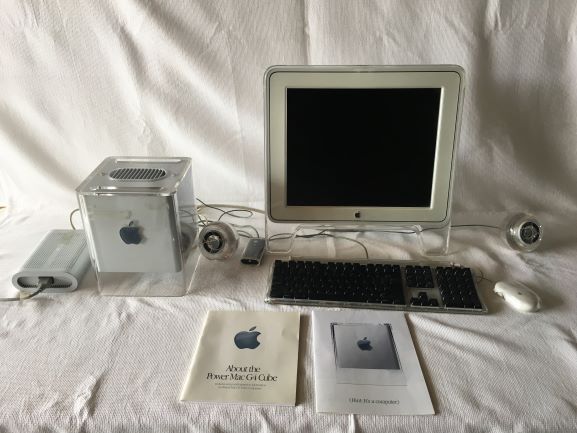Apple Newton was introduced in 1993. It was the 2nd PDA (Personal Digital Assistant ). Grid was the first. It featured handwriting recognition however Apple oversold its capability. The hand writing recognition improved with each new model. The last model 2100 was fairly good at it. When Steve Job returned to Apple, he killed the Newton but later came out with the iPad using much of the Newton software.
What it did was allow you to write or print any where on the screen and it would convert it to text and place it where the cursor was. A neat tick but the hardware wasn't up to it. I remember upon entering the West Coast Computer Fair and being handed Newton. Apple had just announced it and were showing it off at the fair. I scribbled my name and it turned it into rubbish. I looked around and everyone was puzzled as I was. Schulley wanted to prove that he would come up with innovative products like Steve Jobs so he released the Newton while it was in beta testing which turned out to be a disaster. Lot of fun was made of the Newton, even Doonesbury got in the act. After Doonesbury typed in a test sentence, Newton came back with "Eggs freckles". Later releases, the Newton team coded the phrase into the software. When typing in key combo, Newton would display "Eggs freckles".
Palm Pilot skirted the whole issue by using a very structured way of writing called Graffiti. They also has a separate places for number and letters. It worked flawlessly. With an hour, you could by inputting data.
I received all of my Newton thanks to Ron Doll. His girlfriend loved to buy thing on Ebay. It was the thrill of bidding that intreage her. She purchased 34 Newtons and their software. She donate it all to me which I photographed.
I was thinking about a new theme for my booth at the West Coast Vintage Computer Fair. I had for two years showed off my IBM PC running Adventure Game. I needed something new. When I received the Newtons, after changing batteries, I want to know if the Newton was a bad at recogning handwriting as everyone said including Doonberry. The early models were just as bad as they said. But the later model were pretty good. I decided my booth would show off early "Pen Base Computers" which also included Palm.
I would hand them a Newton and let them try it. We concluded that if you printed it was pretty good and the last model was spot on. I was impressed by the number of Apple employees who droped by and talked about their part in creating the Newton and when two or more Apple employees started talking, it was a blast!
Nestar Clustor/One was the first server for microcomputers. It could connect PETs, Atari, Radio Shack and Apple computers and share files. Great way to quickly copy files when the only other way was via very slow cassette tapes. In the collection under Nestar, you will find photos of the very first Cluster, ads, interoffice memo and schematics. Since Len Shusek was the co-founder of Nestar, it is fitting that it is being donated to the Computer History Museum where it will probably be stored in the Shusek Center.
Harry Saal would bring his Cluster One to our Pet Users Club meeting and we could upload a Pet Program which would take 5 minutes or more using the Pet cassette tape drive. Once it was up on the server, it would feed the program down to everyone very fast. We couldn't believe it was so fast.
On Feb. 9, 1979, Harry Saal sold to Fred Schwilk the first Cluster/One with the hopes Fred would write programs for it. Fred paid $3400. It came with Cluster/One central console, a double sided floppy drives, 32k memory. Fred aready had several Commodore PETs which completed the system.
With the deal came all the documentation including schematics, manuals, written test notes, interoffice memos and printout of the software.
To see it all, chick on The Collection in menu bar, scoll down to Nestar. Its all there.
